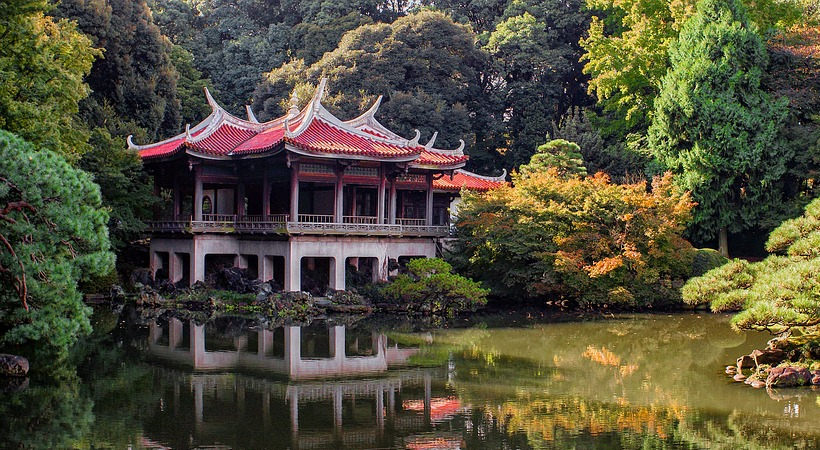Japanese adopt new marketing strategies to fight low tourist turnout

Japan’s tourism players are adopting new marketing strategies to remain relevant in the minds of travellers. From moving products online to introducing deals and greater flexibility in bookings, the stakeholders are trying their best to communicate with their potential visitors.
For example, Shangri-La Hotel Tokyo has launched The Boutique, a website selling food, beauty products, bedding and other luxury items from the brand. The campaign is designed to keep the hotel, top of mind for visitors, until they feel ready to book again, according to a report in TTG Asia.
True Japan Tours has also moved online to offer virtual workshops, tours and cultural experiences, following the suspension of its country-wide tours Covid-19 fears. Delivered via Zoom, its sushi-making workshop is 1,750 yen (US$16), while its origami session costs 1,125 yen, says the TTG Asia report.
Also thinking longer-term is InsideJapan Tours, which sends its contacts its newsletter called Stay Inside Japan, packed with interesting titbits about Japan. The company is also conducting surveys to gauge customer sentiment on travel and assess when and how it should re-promote its offerings.
Hotel Chinzanso Tokyo has also launched a new campaign. As part of the plan called Blooming Tokyo 2021, visitors can stay at the hotel until August 31, 2021, with a 35% discount, if reservations are made 90 days in advance by June 30, 2021.
Park Hotel Tokyo, meanwhile, has changed its cancellation policy to provide “maximum flexibility”. Any individual reservations booked through June 30, 2020 can be cancelled at no charge, one day prior to the scheduled arrival day. Elsewhere, Okuka Nikko Hotels has launched J-Smart Advance, allowing guests to receive mileage credit during check-in.
Japan received an estimated 1,700 foreign travellers in May, an all-time low for the second consecutive month, government data showed on Wednesday. The number is the lowest since 1964, when the government began compiling such statistics, according to the Japan Tourism Agency (JTA). This is 99.9% less than the number of visitors in May, last year.
While Prime Minister Shinzo Abe’s administration is considering partially easing entry restrictions, it is now focused on stimulating domestic tourism by Japanese residents through subsidies.
“We’ll promote domestic tourism by providing a safe and secure traveling environment, and aim to revitalize local economies,” Hiroshi Tabata, chief of the Japan Tourism Agency, told a press conference recently.
Japan currently imposes an entry ban on 111 countries and regions. The government is considering easing restrictions on countries where the virus is under control, such as Vietnam.




